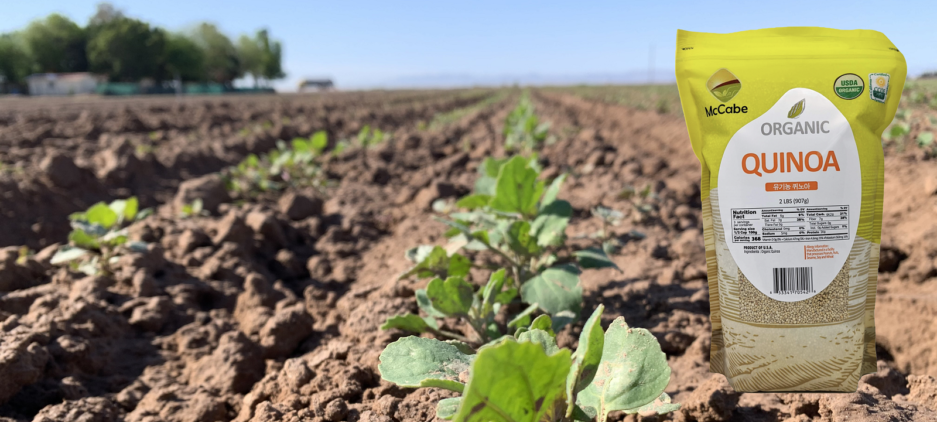Having a well-planned grocery list gets you in and out of the store quickly and helps you stick to your healthy eating plan.
Use these tips and in just a few minutes, you’ll have a blueprint for a cart full of groceries that won’t bust your budget or diet.
Organize your grocery shopping list by aisle. Follow these tips for filling that list with the healthiest foods from each aisle.
1. Bakery and Bread
On Your List:
- Whole wheat bread, pita pockets, and English muffins
- Whole-grain flour tortillas
Look for the words “whole wheat” or “whole wheat flour” as the first ingredient on the label.
Choose whole-grain breads that contain at least 3 to 4 grams of fiber and have fewer than 100 calories per slice.
2. Meat and Seafood
On Your List:
- Skinless chicken or turkey breasts
- Ground turkey or chicken
- Salmon, halibut, trout, mackerel, or your favorite seafood
- Reduced-sodium lunchmeat (turkey, roast beef)
If you buy red meat, choose the leanest cuts — ones with very little marbling.
Eat ground chicken or ground turkey breast instead of ground beef. These are much lower in fat. Get creative with the condiments and you’ll get flavor without the fat.
3. Pasta and Rice
On Your List:
- Brown rice
- Whole wheat or whole-grain pasta
Again, favor whole grains whenever possible.
4. Oils, Sauces, Salad Dressings, and Condiments
On Your List:
- Tomato sauce
- Mustard
- Barbecue sauce
- Red-wine vinegar
- Salsa
- Extra virgin olive oil, canola oil, nonfat cooking spray
- Jarred capers and olives
- Hot pepper sauce
Many sauces and condiments are surprisingly high in sodium and sugar. Look for sugar-free varieties. Keep track of sodium levels, especially if you’re cutting back on salt.
Replace mayonnaise and other high-fat condiments with options like salsa and hot sauce, or choose light mayonnaise.
5. Cereals and Breakfast Foods
On Your List:
- Whole-grain or multigrain cereals
- Steel-cut or instant oatmeal
- Whole-grain cereal bars
Buy cereals and cereal bars that are high in fiber and low in sugar. Use berries, dried fruit, or nuts to add sweetness to your cereal.
6. Soups and Canned Goods
On Your List:
- Diced or whole peeled tomatoes
- Tuna or salmon packed in water
- Low-sodium soups and broths
- Black, kidney, soy, or garbanzo beans; lentils, split peas
- Diced green chilies
Check the label to see how much sodium is in canned vegetables and soups. Look for lower-sodium varieties.
When buying canned fruits, choose brands that are packed in juice rather than syrup.
7. Frozen Foods
On Your List:
- Frozen vegetables: broccoli, spinach, peas, and carrots (no sauce)
- Frozen fruit: strawberries, raspberries, blueberries (without added sugar)
- Frozen shrimp
- Pre-portioned, low-fat ice cream or frozen yogurt
- Whole-grain waffles
- Whole-grain vegetable pizza
Buy frozen vegetables to throw into soups, casseroles, and stews.
Low-fat frozen yogurt blended with frozen fruit makes a quick, healthy smoothie.
8. Dairy, Cheese, and Eggs
On Your List:
- Skim or low-fat milk or soymilk
- Fat-free or low-fat yogurt
- Fat-free or low-fat cottage cheese
- Low-fat cheese or string cheese snacks
- Eggs or egg substitutes
- Firm tofu
- Butter or spread (a variety that doesn’t contain hydrogenated oils)
If you like whole-fat cheeses and butter, you don’t have to deprive yourself. Just use smaller portions.
Buy strong-flavored cheeses like Parmesan or goat cheese, so that you can use a smaller amount without sacrificing taste.
Don’t buy pre-sweetened or flavored yogurts, which can be very high in sugar and calories. Instead, buy plain yogurt and add your own flavor with a tablespoon of fresh fruit or jam.
9. Snacks and Crackers
On Your List:
- Whole-grain crackers
- Dried fruit: apricots, figs, prunes, raisins, cranberries
- Nuts: almonds, cashews, walnuts, peanuts, pecans, pistachios (roasted and unsalted)
- Seeds: sunflower seeds, sesame seeds, whole or ground flaxseeds
- Peanut butter, almond, or soy butter
- Hummus
- Dark chocolate pieces (containing more than 70% cocoa)
10. Produce
On Your List:
- Fruit: bananas, apples, oranges, mangoes, strawberries, blueberries
- Vegetables: sweet potatoes, baby spinach, broccoli, carrot sticks
Look for a large variety of colorful fruits and vegetables. They have the most nutrients.
Buy fruits and vegetables that are in season and locally grown. They taste better and cost less.
Precut fruits and vegetables save you prep time.
11. Drinks
On Your List:
- Unsweetened green and flavored teas
- Calcium-fortified orange juice
- Sparkling water
If you buy juice, make sure it’s 100% fruit juice and not a “juice drink,” or “-ade.”
An easy at-home recipe is to add fruit juice to sparkling water.





















